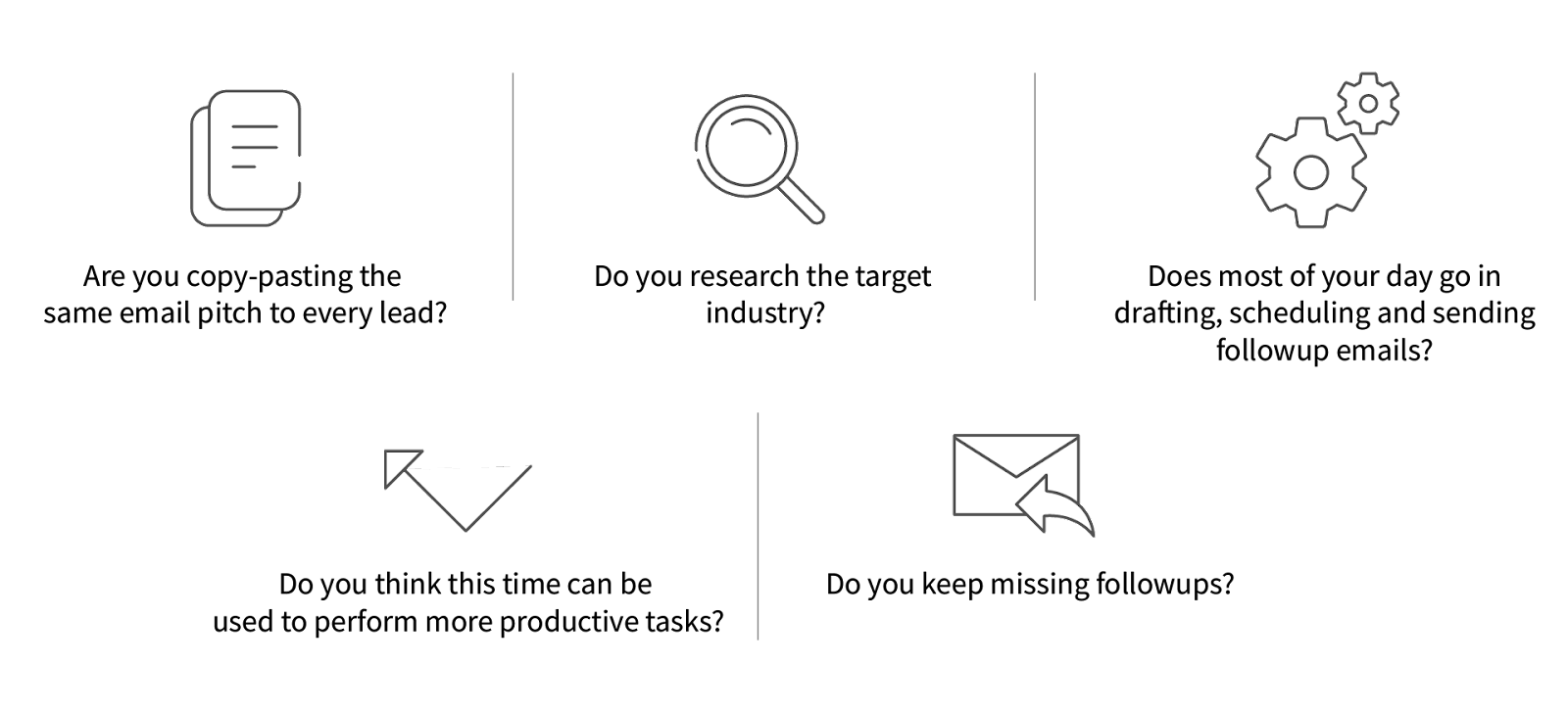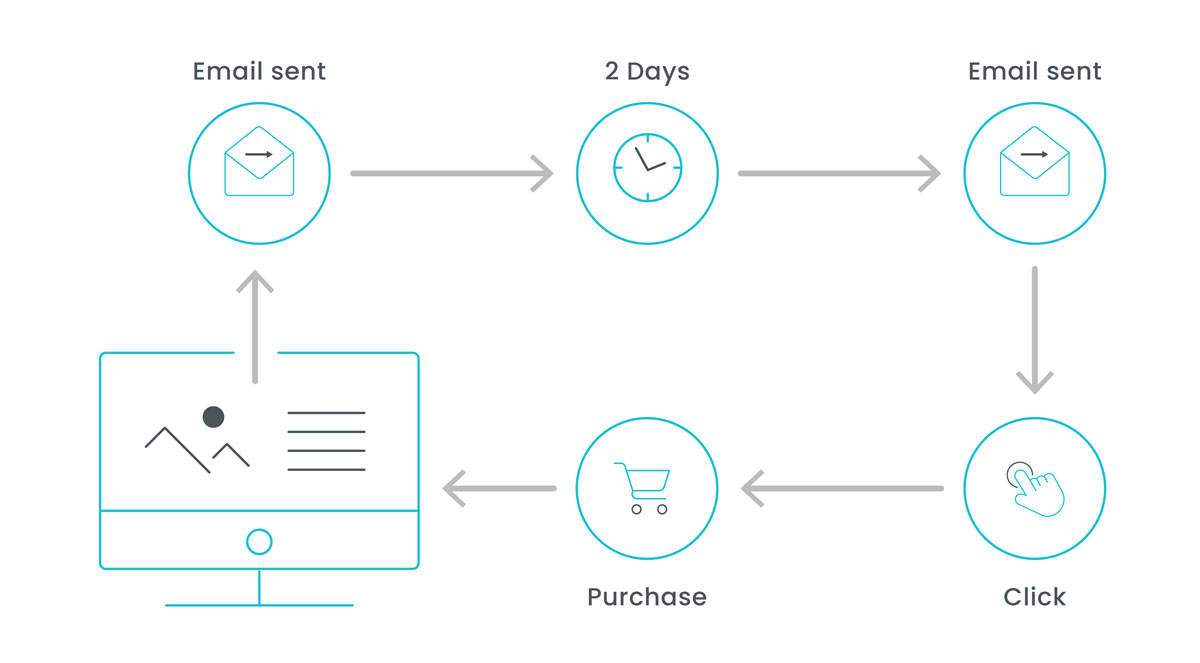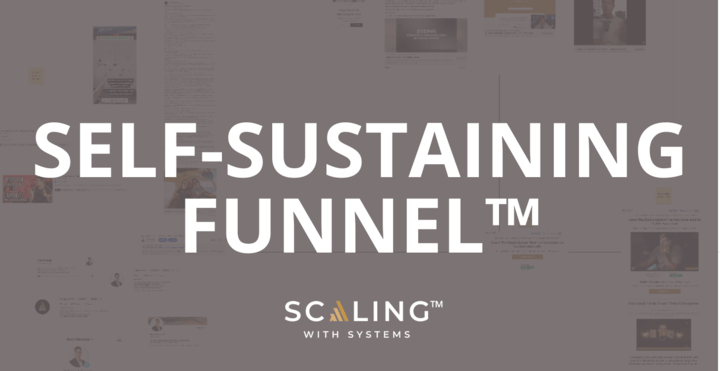Struggling to turn leads into paying customers through effective follow-up strategies?
Email follow-ups are fantastic for establishing connections, building trust, and converting leads to sales fast. Effective follow-up strategies are well-thought-out communication that requires more mindfulness than just sending out an email after a discovery call.
An optimized follow-up email strategy increases your reply rate by 13%. Plus, the first follow-up email usually has the highest response rate (about 40%) than an initial email.
Having the right email follow-up strategy in place can make it easier for customers to move from just lead to becoming loyal clients. However, figuring out the best approach to sales follow-up emails can be challenging.
If you want to optimize your follow-up email strategies to get more sales, you’ve come to the right place. Remember, an effective follow-up strategy gets more sales and can result in a better overall customer experience. So, it’s a no-brainer to invest some time learning how to do it right.
This article will explore three proven surefire strategies to convert more leads into customers through effective email follow-up tactics. Keep reading to find out what they are and how you can use them to boost sales!
Effective Follow-up Email Strategies: Overview
An effective follow-up email strategy is essential to making meaningful connections with customers and prospects. But it can be difficult to know exactly how to write a follow-up email and follow up with contacts.

Follow-up email strategies that’ll convert like crazy:
- Keep it brief and to the point. Your recipient is likely busy and may need more time to read a long email.
- Mention the original email or conversation.
- Use a direct subject line. They should nderstand the purpose of the email at a glance.
- Be polite and professional, not demanding or pushy.
- Provide necessary information/materials that were requested in the original email.
- Use a polite and professional closing, such as “Thank you for your time” or “I look forward to hearing from you.”
- Use a tracking tool to see if the email has been opened and if the recipient has clicked any links.
We’ll dive deeper into how to take these tips to write a follow-up email correctly, as well as the best time to send a follow-up.
How To Write A Follow-Up Email (That Actually Works)
Writing a follow-up email can be tricky. You don’t want to be seen as pushy, but you also don’t want to miss any opportunities that might arise from it. Here are some pro follow-up email strategies to bring in warm leads and generate revenue:
Strategy 1: Editorial And Value Giving Content
The first step is to analyze your existing follow-up email strategies. Do they sound something like these:
- Hey, just checking in.
- Have you signed the form yet?
- Sign this proposal.
- Did you get my booking link?
- I need the money. Sign the form.
If your follow-ups are similar to the ones above, the sad truth is, people likely find you annoying.
Now let’s talk about things that people don’t find annoying. The father of advertising, David Ogilvy, wrote about how the best advertisements are disguised as editorials.
Whenever you send your prospects an email, they can expect to gain new insights that can benefit them on their journey. These pieces of content must address your target market’s problem and have a solution to it.
Example: Hey, first name! I loved our chat today. Here is a quick video that helps you get to $400,000 monthly in cash without complicated funnels or ads in 90 days. Check it out here and let me know your thoughts.
A simple video or content they find valuable will allow them to engage more with you or your brand. This could be a YouTube video, an online training, a podcast or an ebook.
Tailor your email follow-up techniques with specific resources or content related to their interests. You can increase open rates by 29.3% by sending personalized emails that include the recipient’s first name in the subject line. They’re more likely to consider purchasing or taking another action on your site.
Let’s take another example. The prospects looked at a product page but didn’t make a purchase decision. Include links to the product page and additional details about features or specifications in your follow-up email strategy.

Strategy 2: Leveraging Case Studies And Testimonials
Leveraging case studies and testimonials in your follow-up email strategy can be a powerful way to build credibility and demonstrate the value of your offer. Case studies provide real-world examples of how your company has helped other clients solve similar problems. Testimonials offer social proof from satisfied customers.
By including this type of content in your sales follow-up emails, you can help to build trust and establish yourself as a credible solution provider.
Choose testimonials and case studies relevant to the recipient’s industry or specific needs. Include specific details and statistics highlighting the results of your product or service. This will help to make a case for why your company is the best choice for their needs.
Add a call-to-action (CTA) in your follow-up email strategy inviting the recipient to learn more about your case studies. This could be a link to your website or a request to schedule a call to discuss further.
By leveraging social proof in your follow-up email strategies, you can effectively communicate your company’s value and increase the chances of closing a sale.
Here’s an example of a follow-up email strategy we might use at Scaling With Systems:
“Hey James, it’s crazy! I know we were just discussing how you weren’t getting any results from Zillow leads and wanted to try paid advertising. Well, guess what came to my email today? A video from Sarah, a client of ours. She also used Zillow leads before but didn’t get accurate results, so she switched to our paid advertising method.
With these paid advertising methods that we do at our company, she had four closings in her business within 30 days. It was pretty simple. We just created her Facebook page and optimized it for her target market.
Then we drove traffic to that landing page, and she easily converted sales without doing anything. I can’t wait until we can do the same for you. Did you check out that proposal yet?”
Strategy 3: The Sweetheart Method
You should know about news or trends that are going on in the marketplace. It’s easy to find information on what is being talked about in your industry.
Use those trends as an entrance point into having another conversation with that prospect. We call this the ‘Sweetheart Method.’
With our previous business venture, we applied this exact strategy. We offered advertising services to real estate agents in the past. Redfin announced they were doing 1% sales commissions for anybody who sold their home through Redfin. We used that content piece that blew up in the real estate world to send to all the prospects.
As a follow-up, we said, “Hey, these same people from whom you’re trying to buy your leads are also undercutting you and your prices. Let’s beat them, and we’re going to show you how you can do it with paid traffic.“
We had a crazy number of new clients jump on board when they saw our value in the email. The point here is to reach out to the prospect by expressing that you’re on their side and have value to give them.
Best Time To Send Follow-Up Emails
The best time to send a follow-up email depends on the recipient and email’s purpose. Generally, there are a few key times that are most effective for sending follow-up emails:
- During business hours: 9 am- 5 pm is when most people check their email and are likely to respond.
- Tuesdays and Wednesdays: Research has shown that Tuesdays and Wednesdays tend to have the highest open and response rates for emails.
- Early morning or late afternoon: People may have some free time to check their emails before starting their workday or after finishing it.
The timing of your follow-up email strategy should also depend on the recipient’s schedule and availability. If the recipient is busy or out of the office, wait until they return before sending a follow-up email.
When To Send Follow Up Email After A Discovery Call
It’s recommended to send a follow-up email within 24 hours after a discovery call. This allows you to address any next steps or outstanding questions while the call is still fresh in the minds of both parties.
Sending a follow-up email can also help to maintain communication with your lead to be able to ask follow-up questions. Sending a follow-up email within one day also allows you to stay “in the conversation” rather than leaving them too long that they get lost in the responsibilities and distractions of life.
Sending the Follow-Up Email Directly After A Call
For many businesses, a follow-up email directly after the call is actually the common practice. Sending a follow-up email directly after a sales call is helpful because it allows the salesperson to reiterate key points discussed during the call.
You can also provide additional information requested by the lead and remind the m of the next steps in the sales process.
The follow-up email also allows the salesperson to document any commitments made during the call, which can be referenced later if necessary.
Follow-up Email Strategy: FAQs
How do you create an effective follow-up email strategy?
The first tip is to be brief. Be polite by asking if they’ve looked it over rather than accuse or point out that you haven’t received it yet. Add value by giving them context for the urgency if needed or urgency about the next steps. Finish with a call to action, so they know what you want them to do and why it’s important.
What is an email follow-up sequence?
Email sequences allow you to send follow-up emails to a prospect if they don’t reply to your last email and have them automated, so there is less work from the sales team. If you do receive a reply, you can set the system to have all your scheduled follow-ups immediately canceled – you don’t have to do a thing. Zapier is a great tool for integrating automation into the sales process.
How many steps are there in follow-up email strategies?
The number of steps in a follow-up email strategy can vary depending on the specific approach or method being used. In general, a typical follow-up email strategy might include the following six steps:
- Prepare: Write a clear and concise email that includes relevant information and a call to action.
- Personalize: Address the recipient by name and tailor the email content to their specific needs and interests.
- Send: Schedule the email at an appropriate time, such as within 24 hours of the initial contact or meeting.
- Follow up: If the recipient does not respond, follow up with a second email after a few days.
- Monitor and adjust: Track the open and click-through rates of your follow-up emails and adjust your strategy accordingly.
- Track: Keep a record of the emails you sent and the recipient’s response; it will help you to know when and how to approach them again.
The Bottom Line: Best Follow-Up Email Strategy
Creating effective follow-up email strategies is a crucial element of any successful sales strategy. By utilizing the strategies outlined in this guide, you can close more sales and build long-term relationships with your clients.
Making your email recipients want to open and respond to your email is the hardest part. The best follow-up email strategy is eye-catching, relevant, and valuable for the recipients. Give them a reason to respond and get in touch with you.
These follow-up email strategies ensure that your emails are well-received and ultimately help you reach your sales goals. Remember, effective follow-up is not just about sending an email, it’s about building a relationship. Take the time to personalize your message and make it relevant to the recipient.
If you need more help, we’ve helped thousands of clients get clients on autopilot. We work with business owners to create a profitable client acquisition system that works like crazy. We can help you get similar results. Book a free consultation call with our team today.



